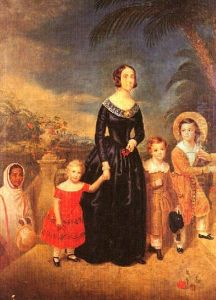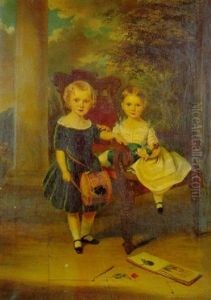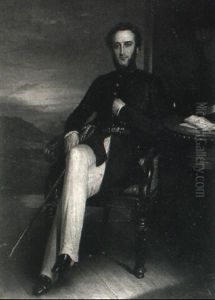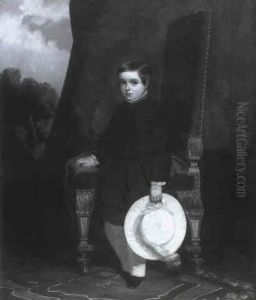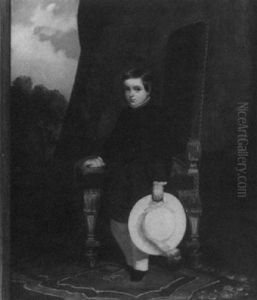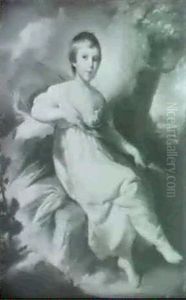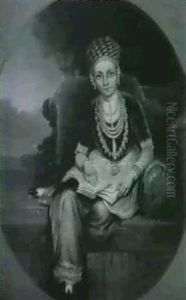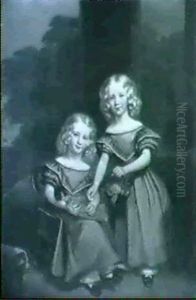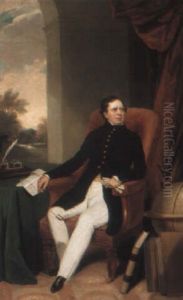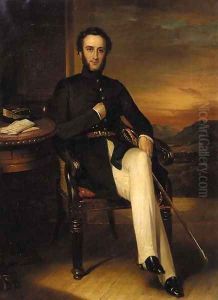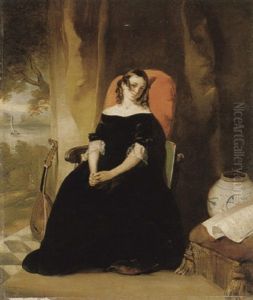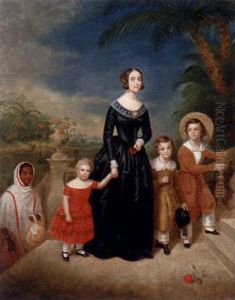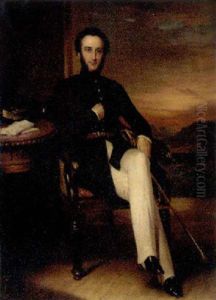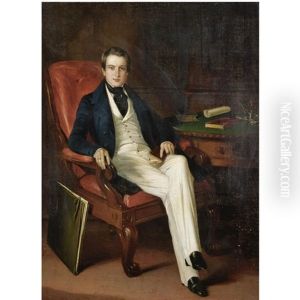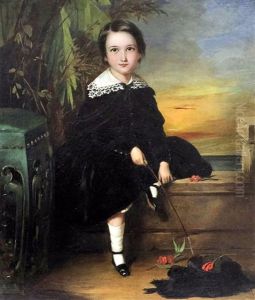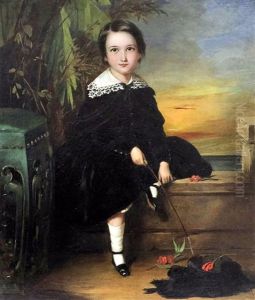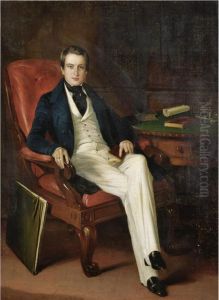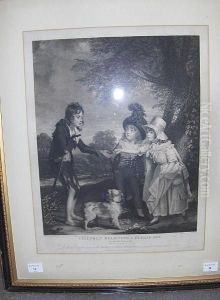George Duncan Beechey Paintings
George Duncan Beechey was a British portrait painter born on December 8, 1798, in London, England. He was one of the seventeen children of Sir William Beechey, a well-known portraitist of the late 18th and early 19th centuries, and his wife Anne Phyllis Jessop. His artistic lineage and family environment provided him with an excellent foundation for his career in the arts.
As the son of a prominent artist, Beechey had access to high-quality artistic training and grew up in a milieu that was conducive to his development as a painter. He initially studied under his father, and later, his career was also influenced by the artistic trends and patronage of his time. George became a reputable portraitist in his own right, known for his fine workmanship and attention to detail.
Beechey's career included a period of service with the British military, during which he traveled extensively. He was stationed in India for a time, where he had the opportunity to paint several significant portraits of military and local figures. His experiences abroad widened his perspective and gave him a variety of subjects and landscapes to capture in his work.
Despite living in the shadow of his father's significant reputation, George Duncan Beechey managed to establish himself as a competent artist. He exhibited at the Royal Academy and other institutions, earning respect from his peers and patrons. His works included both miniatures and large-scale portraits, reflecting a versatility in handling different mediums and formats.
Beechey's life was not without its challenges, and he faced financial difficulties later on, which affected his output and standing in the art world. Nevertheless, his contributions to portrait painting during the early 19th century were noteworthy, and his portraits have been recognized for their historical value and portrayal of contemporary figures. George Duncan Beechey passed away on January 21, 1852, in London, leaving behind a legacy as a skilled portraitist who captured the likenesses of his era's important personalities.
